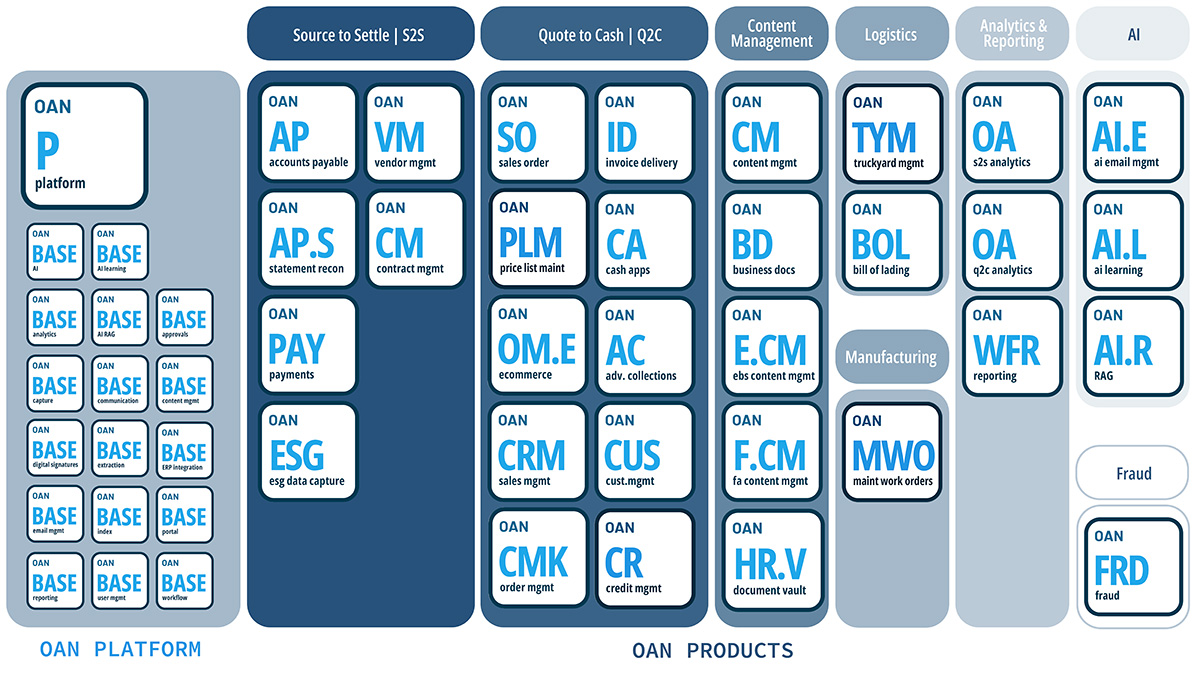In today’s fast-paced business environment, extending credit to customers is a common practice that fuels growth but also introduces the risk of non-payment. Effective credit risk management is crucial to mitigate potential losses and maintain financial stability. Traditional methods, often manual and time-consuming, are increasingly being replaced by automated solutions that enhance efficiency and accuracy.
What Is Credit Risk Management Automation?
Credit risk management automation involves leveraging technology to streamline the processes of assessing, monitoring, and mitigating the risk of customer defaults. This typically includes automated tools and systems that analyze credit data, predict risk levels, enforce credit policies, and generate reports, thereby improving efficiency, accuracy, and decision-making in credit risk management.
With automated credit risk management, businesses no longer have to rely on manual credit assessments, which are often prone to human error and inconsistencies. Instead, machine learning algorithms, predictive analytics, and AI-powered tools evaluate vast amounts of data within seconds, providing real-time insights that allow businesses to make informed lending decisions. This automation significantly reduces the likelihood of approving high-risk clients while ensuring that creditworthy customers receive timely approvals.

Steps for Automating Credit Management
Implementing automation in credit management requires a structured approach:
- Assess Current Processes: Evaluate existing credit management workflows to identify areas that are manual, inefficient, or prone to errors. Conduct an internal audit to pinpoint bottlenecks, such as slow approvals or lack of real-time credit risk assessments.
- Define Objectives: Establish clear goals for automation, such as reducing manual errors, accelerating credit approvals, enhancing risk assessment accuracy, and improving cash flow. Define key performance indicators (KPIs) to measure the success of automation.
- Choose the Right Technology: Select software and tools that align with your objectives, such as credit management systems, data analytics platforms, and AI-based solutions. Look for features like automated credit scoring, fraud detection, and real-time credit monitoring.
- Data Integration: Ensure seamless integration of the chosen technology with existing databases, CRM systems, and other financial tools to maintain data consistency. Effective data integration prevents information silos and allows for a comprehensive view of a customer’s credit history.
- Automate Credit Assessment: Implement algorithms and models to automatically evaluate credit risk based on historical data, credit scores, payment behavior, and market conditions. Advanced AI-driven systems can also predict future risks by analyzing macroeconomic trends.
- Automate Workflows: Design workflows to automate routine tasks like credit application processing, approval workflows, reminders for overdue accounts, and escalation procedures for high-risk customers. Implement automated triggers for flagging delinquent accounts.
- Monitor and Optimize: Continuously monitor the performance of the automated system and make adjustments as needed to improve efficiency and accuracy. Set up dashboards to track real-time credit risk exposure and identify trends.
- Train Staff: Provide training to your team on effectively using the new automated system to ensure smooth adoption. Change management strategies should be implemented to help employees transition from manual to automated workflows.
- Compliance and Security: Ensure that the automated system complies with relevant regulations such as GDPR, PCI-DSS, and SOX. Additionally, implement strong cybersecurity measures to protect sensitive financial data.
- Continuous Improvement: Regularly review and update the automated processes to incorporate new technologies and adapt to changing business needs. Conduct periodic risk assessments to refine credit risk models.
Benefits of Automation in Credit Risk Management
Embracing automation in credit risk management offers several advantages:
- Faster Customer Onboarding: Automation reduces the need for manual data entry and processing, allowing for quicker extraction and analysis of credit applications, financial statements, and credit bureau data. This accelerates the onboarding process and enhances the customer experience.
- Elimination of Inaccurate Manual Credit Scoring: Automated systems apply pre-defined models and algorithms to assess credit risk, ensuring objective and consistent evaluations. This reduces the subjectivity and potential errors inherent in manual processes.
- Standardized Credit Management: Automation enforces structured workflows for credit approvals, ensuring that all critical decisions follow appropriate hierarchical channels. This standardization leads to more reliable and data-driven credit decisions.
- Real-Time Credit Risk Monitoring: Automated systems provide real-time monitoring of customers’ credit statuses, enabling proactive management and timely interventions to lower the risk of bad debts. Alerts can be set for customers with deteriorating credit scores, enabling businesses to take preemptive action.
- Automated Correspondence Delivery: Automation streamlines the delivery of correspondences for events like credit acceptance, denial, and information exchange. Utilizing ready-to-use templates and electronic delivery methods saves time and reduces costs associated with manual processes.

Challenges in Credit Risk Management for Businesses
Despite the benefits, businesses often encounter challenges in credit risk management:
- Absence of Customer Information: Accessing up-to-date and accurate customer records, including transaction-level details like payments received and open invoices, can be challenging. This lack of information hampers effective credit assessments.
- Non-Standardized Credit Scoring Models: Without standardized credit scoring systems, businesses may rely on subjective judgments for credit decisions, increasing the risk of bad debts. Implementing AI-based credit scoring models ensures more objective and consistent evaluations.
- Manual Correspondence Management: Relying on paper-based correspondence for credit events is time-consuming and less efficient, leading to delays in communication and increased operational costs. Automating correspondence through emails, SMS notifications, and customer portals streamlines the process.
- Non-Standardized Credit Workflows: A lack of proper workflows for credit approvals can result in internal miscommunication and delays, leading to poor credit decisions and missed opportunities for timely collections. Workflow automation ensures uniform credit processing across departments.
Implementing Credit Risk Automation for Businesses
To address these challenges, businesses should consider implementing credit risk automation:
- Evaluate Current Processes: Identify inefficiencies and areas prone to errors in your existing credit management processes.
- Set Clear Objectives: Define what you aim to achieve with automation, such as reducing manual errors or speeding up credit approvals.
- Select Appropriate Technology: Choose automation tools that align with your business needs and integrate seamlessly with your existing systems.
- Train Your Team: Ensure your staff is well-trained to use the new automated systems effectively.
- Monitor and Optimize: Continuously assess the performance of the automated system and make necessary adjustments to improve efficiency and accuracy.
By embracing automation in credit risk management, businesses can enhance efficiency, reduce costs, and safeguard their receivables, leading to increased profitability and financial stability. The shift from manual processes to intelligent, automated systems represents a significant step toward a more agile and resilient credit risk management framework. Contact oAppsNET today to see how we can help optimize your credit risk processes.

